Just when least expect it, a freak lightning and thunderstorm can pop up and severely affect your camping trip.
Heavy rain, high wind, hail, and lightning strikes can pose a significant risk to your safety. On rare occasions, severe thunderstorms can spawn micro-bursts and even tornadoes!
So, to better prepare for mother nature at her wildest, here are 5 ways to survive a lightning and thunderstorm while camping.
Tip 1 - Monitor Weather Forecasts Before and During Camping
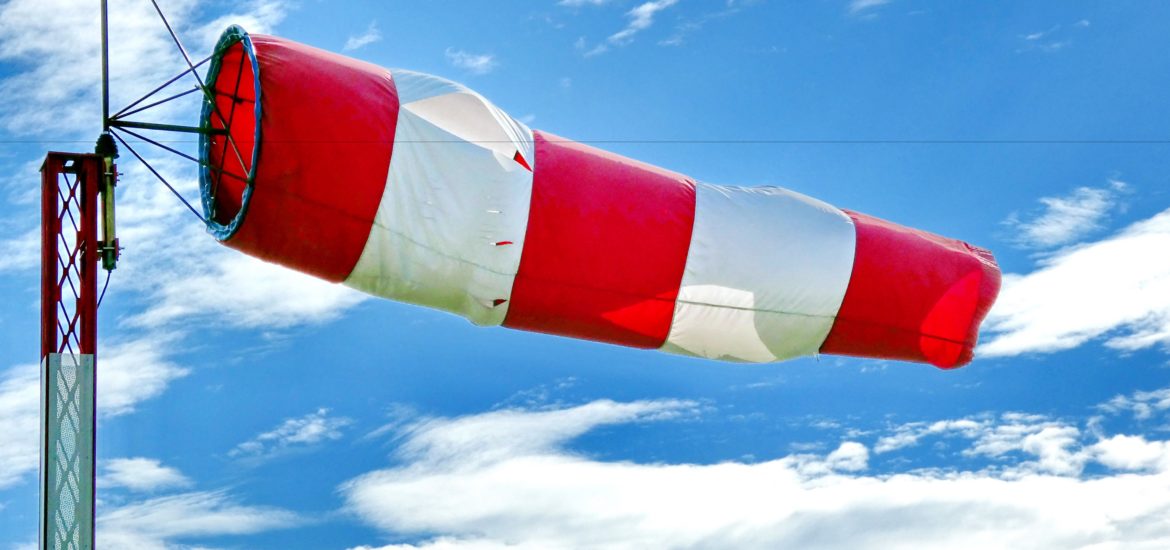
It’s always a good idea to monitor local weather reports and forecasts before heading out. This can be your initial line of defense and help you determine if your trip is a “go, no go”.
Personally, if there is a high probability of severe storm activity, it’s a no-brainer.
However, just because you’ve checked the weather forecast before you’ve left doesn’t mean it won’t change. Mother nature tends to throw curve balls when it comes predicting the weather.
No matter how advanced our long term forecasts have come along, the weather conditions can change rapidly. During certain times of the year, the conditions can change so quickly that even the previous day’s forecast is inaccurate.
So, it’s important to monitor the forecast and weather conditions continuously while you’re out camping. This means checking-in with the ranger station’s forecast or using an electronic device to get the latest weather reports.
Depending on the updated conditions, you can then make a judgement call whether or not to change your plans.
Pro-tip: No matter what, if you see dark, ominous looking clouds moving towards you, seek shelter immediately! You don’t want to be caught outside during a severe storm.
Tip 2 - Tents are NOT Considered Safe During Lightning Storms
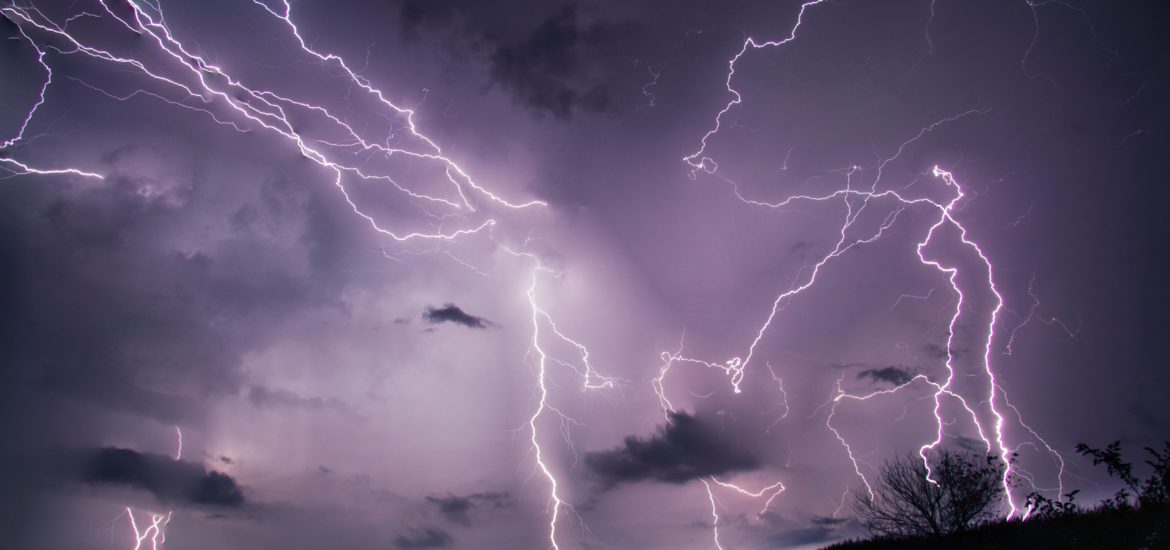
The odds of getting struck by lightning are extremely rate, about 1 in 500,000 [Reference]. But, there are definitely some things you can do, whether it’s on purpose or unwittingly, that can increase or decrease your risk of being struck.
Firstly, tents are NOT considered a safe place to shelter during a lightning storm – they do not offer any protection.
In fact, being in a tent is the same as being outside in that same spot. And, not surprisingly, there is no place outside that is safe during a lightning storm. Instead, you should seek shelter indoors or in a vehicle.
However, you can mitigate the possibility of getting stuck by lighting while in a tent if you follow a few simple rules:
- When selecting a spot to pitch your tent, make sure to avoid tenting directly underneath or next to an isolated or the tallest object in your immediate vicinity (such as a lone tree or utility pole).
- These tall objects can act as a lightning rod during storms.
- Avoid setting up a campsite on a peak, ridge or high ground if a storm is forecasted. This would result in you being the tallest object.
- If you start to see flashes or hear thunder in the distance, move to lower ground immediately.
Pro-tip: Lightning can be fatal up to 10 meters from the point of impact, and can result in injuries between 15 to 30 meters away [Reference]. So, if you’re in a large group, spread out to reduce the chance for multiple injuries occurring.
Tip 3 - Secure Tents from High Winds
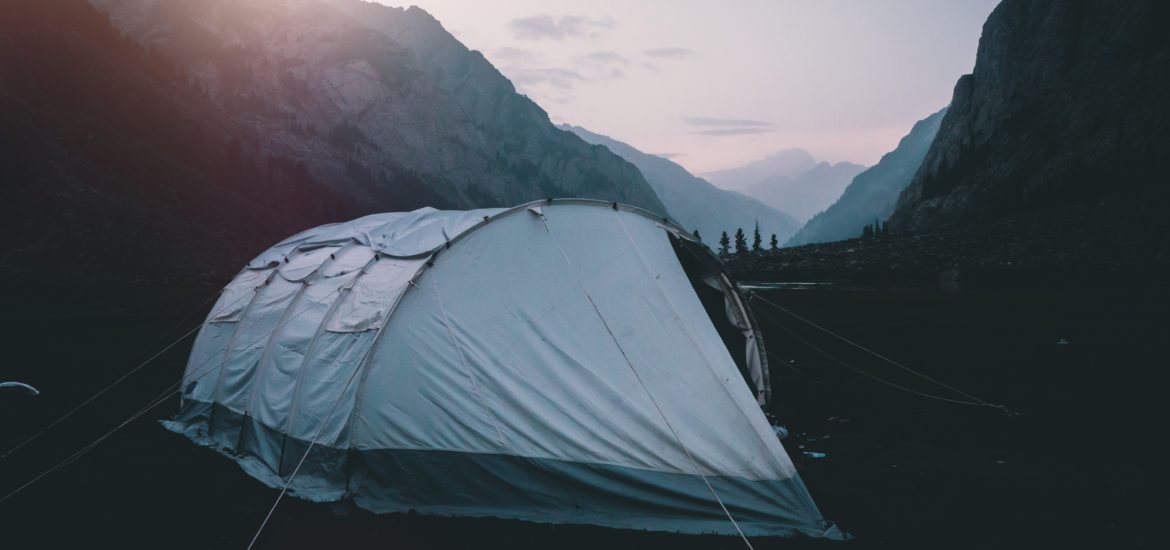
High winds are typically an outcome of thunderstorms. Rapid upward movement of warm, moist air and the resulting downward movement of cooler air in a thunderstorm causes high winds.
And, depending on the thunderstorm intensity, the resulting wind speed can start to get very high.
So, to keep your tent from getting blown away during a storm, follow these steps:
- Position your tent so that the dominant wind direction is parallel to its longer dimension. This helps to reduce the amount of wind force pushing against the side of your tent.
- Use extra ground stakes or pegs to secure your tent to the ground. If possible, place large rocks on these anchor points to further prevent them from coming out.
- Use additional guy-lines to secure your tent structure and fly. This helps shed water more effectively, especially if it starts to rain side-ways!
- If you’re camping in mountainous terrain, set up your tent on the leeward side. The lee side should have less prevailing winds, and might give you slightly greater shelter from high winds.
Pro-tip: Picnic table items should be packed away or secured before a storm rolls through. This includes camp chairs, camp kitchen items, and any items that are hanging.
Tip 4 - Be Mindful of Flash Floods
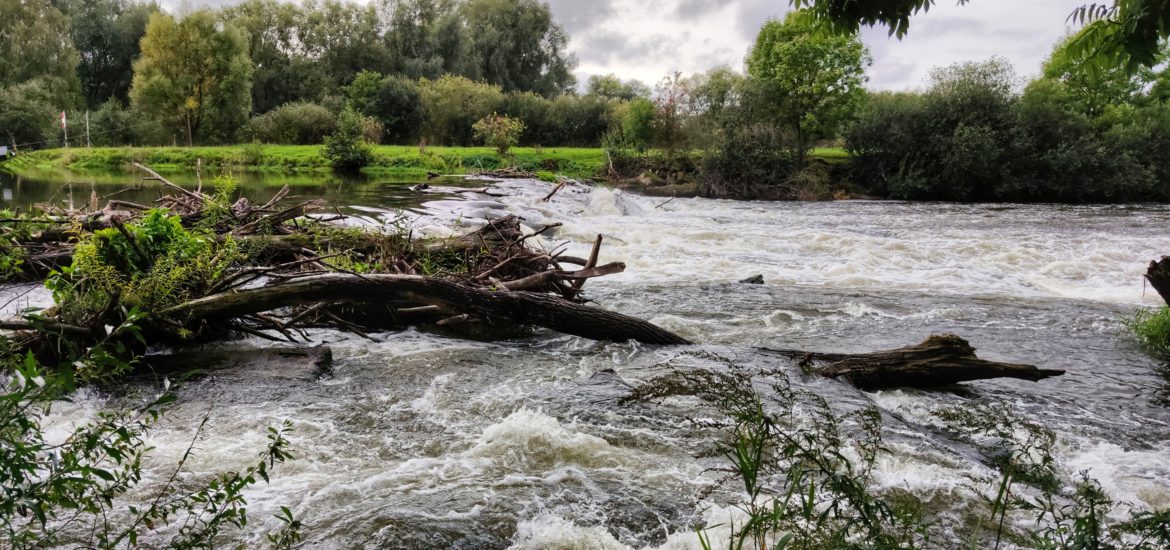
An often overlooked aspect of thunderstorms is the increased chance of flash flooding.
Even if a thunderstorm is kilometers way, the sudden and massive amounts of rain can funnel down hills and valleys into low-lying areas.
The on-rush of rain water can quickly overwhelm rivers and streams. Camp sites located on dried riverbeds or next to waterways can be swept away by the rapidly rising water level.
So, depending on your proximity to a thunderstorm, make sure you continue to assess your situation as follows:
- Look for telltale signs of past water levels and try to camp above that line. Do not camp in the floodplain of rivers and streams.
- If you are camping in a dried riverbed, move to higher ground immediately if you suspect flash flooding might occur.
- Do not camp at the very bottom of a valley system. Instead, set up your camp site a few meters above in elevation.
Tip 5 - Keep Kindling Dry
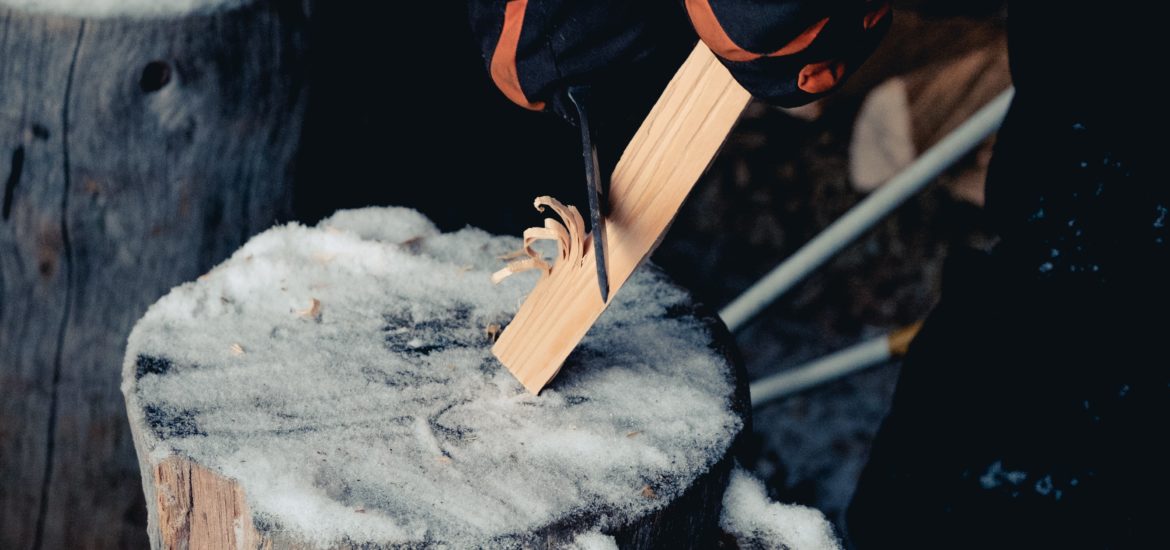
After a thunderstorm has past, chances are that everything around your campsite is soaking wet. This might include your precious pile of firewood that you forgot to keep protected from the rain.
Well, to save time and energy to get a fire going quickly, make sure you always keep a sizable pile of kindling dry.
I typically cut extra kindling and pile it underneath my tent vestibule. Then, after a storm has passed or if it has recently rained, I can easily start a fire without struggling with wet logs.
Having dry kindling is added insurance during inclement weather.
Pro-tip: Starting a campfire can be challenging enough for some campers. But starting a fire with wet wood is even harder. Check out my article How to Start a Fire in the Rain for tips on how to get a fire going with wet firewood!
